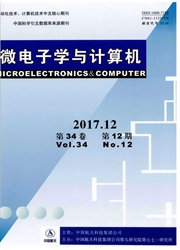

 中文摘要:
中文摘要:
在分析引江过程中水质水量关系时,先采用相关分析理论判断水质与水量是否具有相关性,以及两者的相关程度,再根据相关分析结果,建立初始水质情况与达标时所需引水量之间的关系模型,并对模型进行检验.由于望亭立交闸下的水质会受到望虞河干流各站点水质的影响,因此在考察水质水量的关系时,初始水质情况由各站点的初始水质共同决定,达标时所需的引水量由各站点水质均达标时流经望亭立交闸下的累计引水量决定.在对水质水量建立回归模型时,考虑到季节变化的因素以及异常值的影响,根据相关分析结果分别建立不同情况下的回归模型,并通过对不同模型进行比较来确定最终模型,从而保证水质水量关系模型的正确性.
 英文摘要:
英文摘要:
In analysis of how the water quality changes with the change of water quantity,firstly we adopt correlation analysis to determine the relevance between water quality and water quantity,and then build the relational model of the initial water quality and the ultimately required amount of water,finally we test the model.In the process of engineering experiment,the highlight is that how munch water is required in Changshu water control to make the water under the Wangting interchange gates reach the standard.For the water quality under Wangting interchange gates is influenced by the water along the Wangyu River,we suppose that the initial water quality is measured by the initial water in all sites,and that when the water in each site along the Wangyu River reaches the standard,the total amount of water flow through the Wangting interchange gates is the required amount,so that we can guarantee the data used to modeling is reliable.In the process of modeling,considering the influence of seasonal changes and outliers,we respectively build different models based on correlation analysis,and then by comparison,we determine the final model,which has guaranteed the accuracy of our approach.
 同期刊论文项目
同期刊论文项目
 同项目期刊论文
同项目期刊论文
 期刊信息
期刊信息
